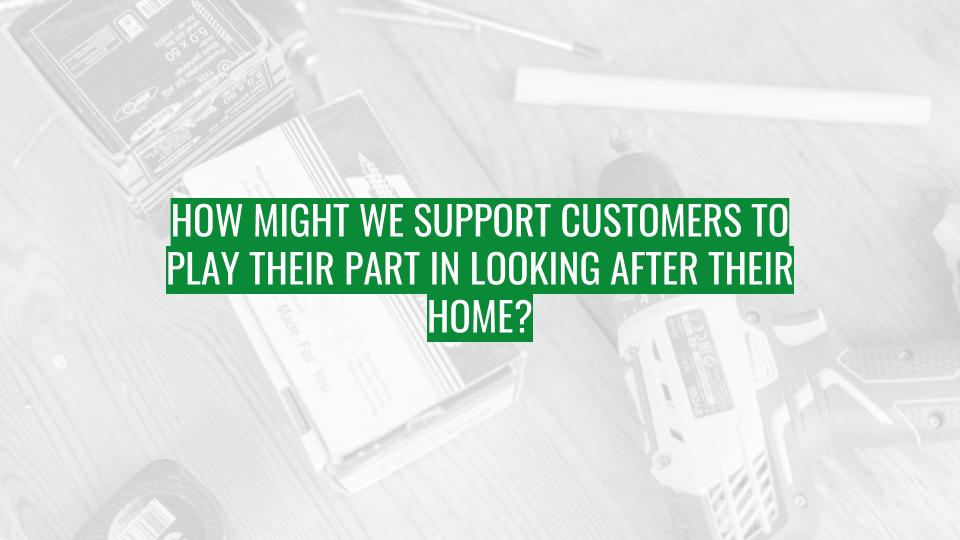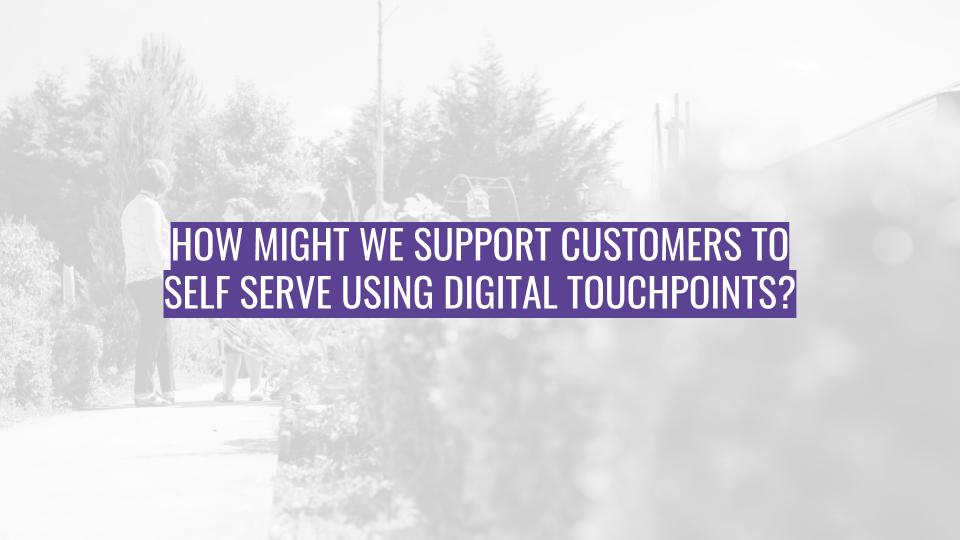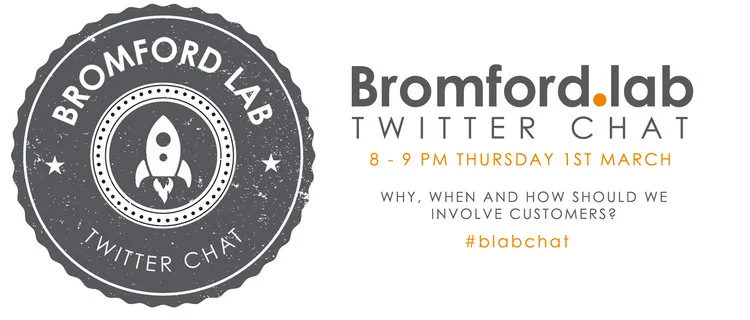“The design thinking process is ultimately a divergent and convergent thinking process. There are no perfect solutions, only trade-offs. Iterations are indispensable.”
Service design is a collaborative and iterative process which utilises the power of divergent and convergent thinking to both find the right problem and also find the right solution. The Double Diamond model developed by the Design Council articulates the vision of divergence and convergence through the shape of the diamonds themselves. Whilst the diamonds illustrate this on a macro level, divergent and convergent thinking also happens on a micro level inside the diamonds during the activity which we undertake at each of the four design stages. Whilst the model gives the impression of a linear approach, in practice, we can often loop back to earlier stages in order to iterate our thinking. The Double Diamond is synonymous with design thinking and whilst variations are often made, the model has been adopted by many of the worlds best know design agencies as an operational standard.
Following the initial programmeOne service design sessions we were able to define a set of problem statements in the form of 10 ‘how might we’ questions. We used these problem statements as the basis for a set of discovery sessions. We recently reached the halfway mark in these sessions and taking advantage of a week or so break in the schedule, we decided to take some time out in order to reflect on how they went. It was useful to be able to take stock of what worked well and what didn't work so well and whilst we have been able to identify some areas that we need to work on before the sessions continue in a week or so, we were also really excited by how enthusiastically our colleagues threw themselves into the exercises and the ideas they came up with. By taking colleagues through wide (divergent) thinking followed by wise (convergent) thinking on a micro level, we were able to use the principles of design thinking in order to generate a set of high-level ideas or solutions to the 'how might we' questions we posed.
When we talk about co-design at Bromford Lab, we do so in terms of bringing colleagues and customers along with us on our design journey, but it is important for us to recognise and understand when and how to involve them. We are hosting a Twitter discussion around this topic on Thursday 1st March and it would be great if you could join in the #blabchat between 8pm and 9pm. We need colleagues and customers to be an integral part of developing ideas, but we also recognise that to make the ideas tangible enough for the organisation to buy into and robust enough for us to turn into tests, we need to do some work of our own following the sessions to build a layer of detail on the top of the foundations laid down by colleagues during the workshops.
On Tuesday, Innovation and Insight sat down to sift through all of the output we had captured during the workshops so far, the aim to create a list of actions and next steps. We wanted to start this work as early as possible in order to capitalise on the energy and momentum generated during the sessions, but whilst we are all about quick tests and fast learning, we also don't want to test for the sake of it and compromise on the quality or integrity of the work. The critical part of our work outside of the sessions will be to look at how the ideas fit into our wider programme of change and how we might develop a solid set of test plans which complement each other. It is important to see the workshop output as an early iteration of what might be, rather than a solid blueprint for what will be. There is a lot of work to do before we can start testing, so watch this space for updates and come along with us on the journey too.
---
@simon_penny and @ChelleKButler
Cover image: William Iven on Unsplash






